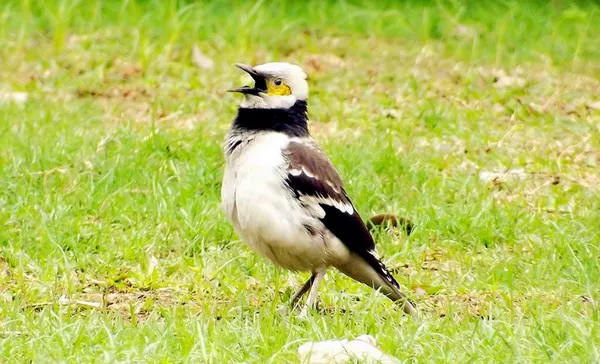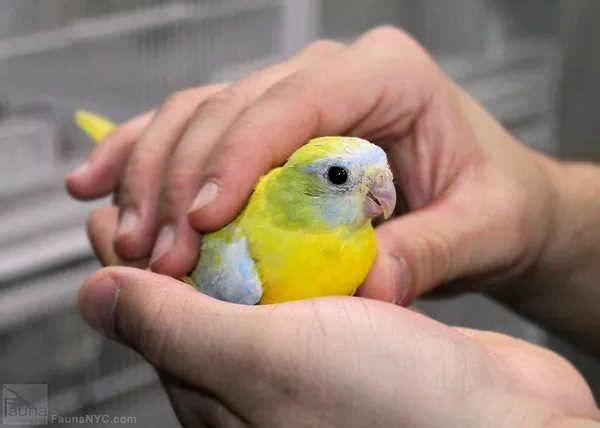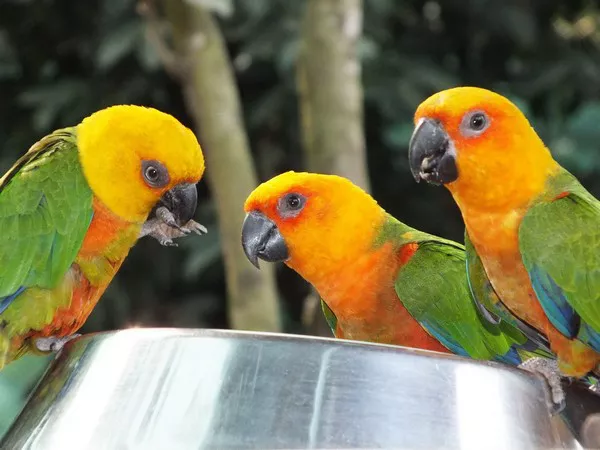Ringneck parrots, scientifically known as Psittacula krameri, are a popular and colorful species of parrot known for their distinctive ring-like markings around their necks. These striking birds have captivated bird enthusiasts around the world. One of the most common questions about ringneck parrots is when they develop their characteristic ring. In this article, we will explore the fascinating journey of when and how ringneck parrots get their ring.
Understanding the Ringneck Parrot
Ringneck parrots, also known as rose-ringed parakeets, are native to parts of Africa and Asia and are widely kept as pets due to their vibrant plumage, intelligence, and engaging personalities. They are medium-sized parrots characterized by their emerald-green bodies, long tails, and the distinct ring-like marking around their necks, which can be various colors depending on the subspecies.
The Ring Development Process
The ring around a ringneck parrot‘s neck is not present from birth. Instead, it develops as the bird matures. Here’s a closer look at the stages of ring development:
Juvenile Plumage: When ringneck parrots hatch, they have a different plumage than adults. Juvenile ringneck parrots lack the distinct ring and are mostly green with some yellowish-green coloring on their heads.
Early Signs: The first signs of the ring usually appear when the bird is around six to nine months old. At this stage, you may start to notice a faint, pale ring forming around the neck.
Maturation: As the bird continues to mature, the ring becomes more defined and colorful. The colors of the ring can vary based on the bird’s sex and subspecies.
Mature Plumage: By the time a ringneck parrot reaches its first year of life, it typically sports its fully developed, vibrant ring. In most cases, males have a more pronounced and colorful ring compared to females.
Sexual Dimorphism
The presence and appearance of the ring on a ringneck parrot can also be used to determine its sex. This is known as sexual dimorphism, where males and females of the same species have distinct physical differences. In the case of ringneck parrots:
Males: Adult male ringneck parrots typically have a more vibrant and noticeable ring. The ring is often darker and extends around the entire neck, giving them their distinctive appearance.
Females: Adult female ringneck parrots may have a less pronounced ring or even lack it altogether. The ring on females is often paler and less prominent than on males.
Variations in Ring Colors
The color of the ring on a ringneck parrot can vary depending on the subspecies. Common colors for the ring include black, blue, or violet. Here are some examples:
Indian Ringneck Parrots (Psittacula krameri manillensis): These birds often have a black ring around their neck.
African Ringneck Parrots (Psittacula krameri krameri): They typically have a blue ring, which can vary in shade and intensity.
Mauve Ringneck Parrots: Some ringneck parrots may exhibit a violet or mauve-colored ring.
Conclusion
The ring around a ringneck parrot’s neck is a distinctive and beautiful feature that develops as the bird matures. It starts to appear as a faint ring when the bird is around six to nine months old, becoming more defined and colorful as it continues to grow. The presence and appearance of the ring can also be used to determine the bird’s sex, with males generally having more vibrant and noticeable rings than females. Understanding the development of the ring adds to the appreciation of these captivating parrots, whether you’re a parrot enthusiast or considering one as a pet.
Recommended reading:
























